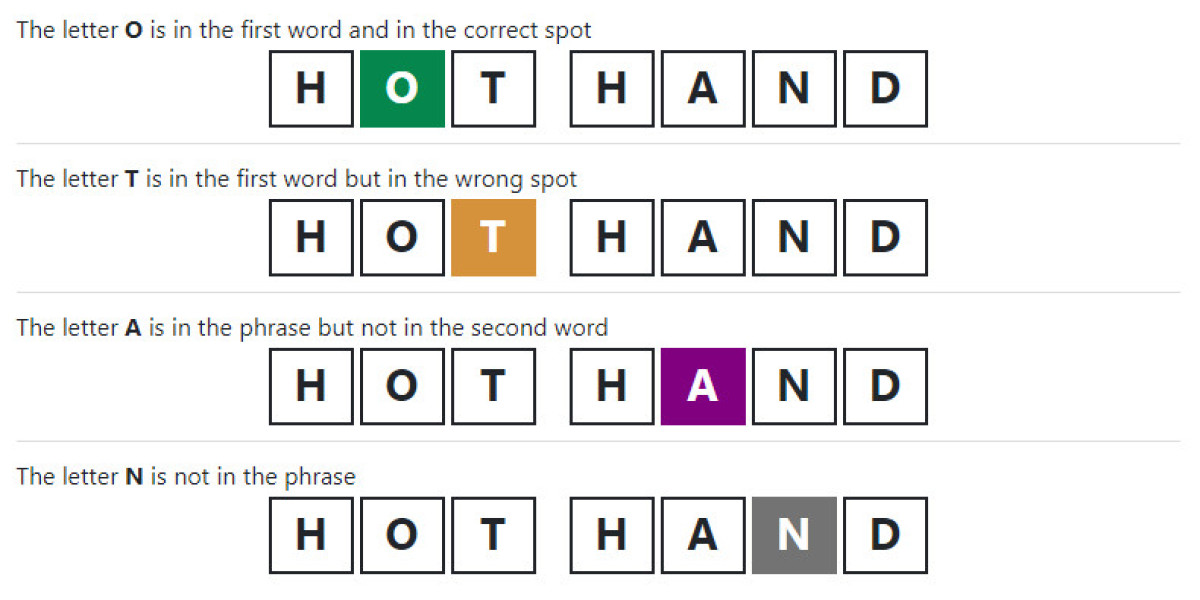This is essential for building trust, making informed decisions, and securing the support you need to achieve your financial goals. In this blog, we will outline some strategies for effectively communicating your budget and forecast to stakeholders.
- Know your audience
The first step in effectively communicating your budget and forecast is to understand who your stakeholders are and what they care about. Some stakeholders may be primarily interested in revenue growth, while others may be more concerned with profitability or risk management. By understanding your stakeholders' priorities, you can tailor your communication to be more effective.
- Use clear and concise language
When presenting your budget and forecast, it's important to use clear and concise language that your stakeholders can easily understand. Avoid using technical jargon or complex financial terms that may confuse your audience. Instead, use simple language and provide context to help your stakeholders better understand your financial projections.
- Provide context
To help your stakeholders better understand your budget and forecast, provide context for your financial projections. This can include historical financial data, industry benchmarks, and macroeconomic trends. By providing context, you can help your stakeholders better understand the factors driving your financial projections and the assumptions underlying your forecast.
- Highlight key risks and opportunities
When communicating your budget and forecast, it's important to highlight key risks and opportunities that could impact your financial projections. This can include changes in the market, changes in consumer behavior, or changes in regulations. By highlighting these risks and opportunities, you can help your stakeholders better understand the potential impact on your financial performance and the steps you are taking to mitigate risk.
- Use visual aids
Visual aids such as charts, graphs, and tables can be a powerful tool for effectively communicating your budget and forecast. Visual aids can help simplify complex financial information and make it easier for your stakeholders to understand your projections. When using visual aids, be sure to choose the right type of visual representation for your data and ensure that the visual aids are clear and easy to read.
- Solicit feedback
When communicating your budget and forecast to stakeholders, be sure to solicit feedback. Encourage your stakeholders to ask questions and provide feedback on your projections. This can help you identify areas for improvement and build support for your financial plan.
In conclusion, effectively communicating your budget and forecast to stakeholders is essential for building trust, making informed decisions, and securing the support you need to achieve your financial goals. By following these strategies, you can effectively communicate your financial projections and build support for your financial plan.








